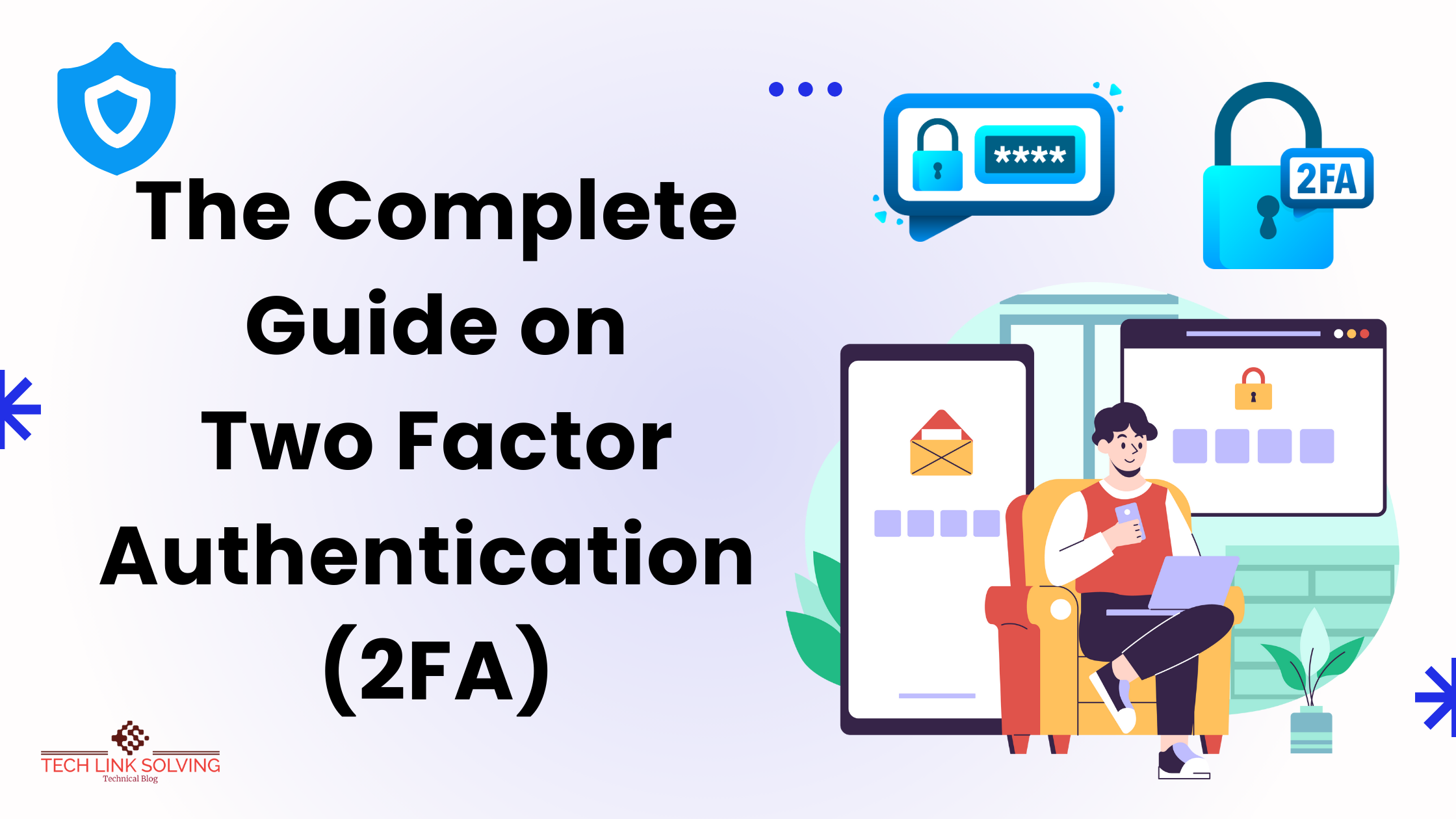In today’s fast-paced digital world, security is of paramount importance. The rise of cyber threats and data breaches has led to an increased demand for robust security measures. One such essential defense mechanism is Multi-Factor Authentication (MFA), a powerful tool that safeguards our digital presence. In this article, we will explore the world of MFA, its significance, types, and how it’s transforming the way we secure our online lives.
Understanding the Need for Multi-Factor Authentication
In a world where passwords alone are no longer sufficient to keep our accounts safe, MFA emerges as a guardian. The need for Multi-Factor Authentication arises from the vulnerabilities of single-factor authentication, primarily based on something you know – a password. With the advancement of technology, cybercriminals have become adept at cracking passwords, making it crucial to have additional layers of security.
Types of Authentication Factors
MFA employs various factors to confirm the user’s identity. These include:
Something You Know (Password)
This is the first layer of authentication, often a password or PIN. However, relying solely on something you know is risky, as passwords can be forgotten, stolen, or guessed.
Something You Have (Smartphone or Token)
The second factor could be something you possess, like a smartphone or a hardware token. This adds a physical layer of security, making it challenging for unauthorized access.
Something You Are (Biometrics)
The third factor is based on biometrics, such as fingerprint or facial recognition. Biometric data is unique to each individual, making it incredibly secure.
How Does Multi-Factor Authentication Work?
Multi-Factor Authentication works by requiring users to provide at least two different authentication factors. For instance, after entering a password (something you know), you might receive a verification code on your smartphone (something you have), which you need to enter to access your account. This dual-check process ensures that only the rightful owner can gain access.
Benefits of Implementing Multi-Factor Authentication
Implementing Multi-Factor Authentication offers a range of advantages, such as:
- Enhanced Security: Multi-factor authentication significantly reduces the risk of unauthorized access.
- Protecting Personal Information: Your sensitive data remains secure.
- Preventing Identity Theft: Even if your password is compromised, Multi-Factor Authentication can prevent unauthorized entry.
- Regulatory Compliance: Many industries require Multi-Factor Authentication to meet regulatory standards.
Recommend for you:
- Protecting Your Privacy While Testing: A Comprehensive Guide
- Lightroom for Android: Ultra HDR Photo Editing is Finally Here!
MFA in Various Sectors
MFA is not limited to a particular industry and is widely adopted across various sectors.
Banking and Finance
In the financial sector, MFA ensures that your bank accounts and financial transactions remain secure, even if your password is stolen.
Healthcare
In healthcare, MFA safeguards patients’ confidential data, ensuring privacy and compliance with HIPAA regulations.
E-commerce
E-commerce platforms use MFA to protect user accounts, credit card information, and personal details.
Common Challenges and Solutions
While MFA is an effective security measure, it’s not without challenges. Common issues include user resistance and complexity. However, educating users about the importance of MFA and simplifying the authentication process can address these concerns.
Best Practices for Multi-Factor Authentication Implementation
When implementing MFA, it’s essential to follow best practices, including:
- Offering options for authentication factors.
- Providing clear user instructions.
- Regularly updating MFA settings for added security.
Tips for Creating Strong MFA Passcodes
To enhance security, users should create strong passcodes. This involves using a combination of upper and lower case letters, numbers, and special characters. Longer passcodes are generally more secure.
Multi-Factor Authentication Apps and Services
Several MFA apps and services are available to assist users in implementing multi-factor authentication. These tools make it easy for individuals and organizations to enhance their security.
Biometric Authentication in Depth
Biometric authentication, based on unique physical traits, is a rapidly evolving field. Fingerprint and facial recognition are some of the most common forms of biometric authentication.
Security Concerns and Myths
There are common misconceptions about MFA, such as it being too complex or expensive. Addressing these myths is essential to promote the adoption of this critical security measure.
The Future of Multi-Factor Authentication
As technology advances, Multi-Factor Authentication will continue to evolve. We can expect to see even more sophisticated authentication methods and increased integration in various aspects of our lives.
Case Studies of MFA Success
Real-world examples of MFA success stories highlight how this security measure has prevented data breaches and identity theft.
Conclusion: The Importance of MFA in the Digital Age
In a world where our digital lives are under constant threat, Multi-Factor Authentication stands as a formidable shield. It offers robust protection against cyber threats and enhances the security of personal and sensitive data. By implementing MFA, individuals and organizations can ensure a safer digital future.
You wan to Know More then go on this link : https://aws.amazon.com/what-is/mfa/
FAQs
1. What is the primary purpose of Multi-Factor Authentication? MFA’s primary purpose is to enhance security by requiring users to provide multiple forms of authentication, reducing the risk of unauthorized access.
2. Are biometric authentication methods like fingerprint recognition secure? Yes, biometric authentication methods are highly secure as they rely on unique physical traits that are difficult to replicate.
3. Do I need special hardware for Multi-Factor Authentication? While hardware tokens can be used, many MFA methods only require a smartphone or computer.
4. What are the common misconceptions about MFA? Common misconceptions include it being too complex, expensive, or inconvenient. In reality, MFA is user-friendly and highly effective.
5. Can Multi-Factor Authentication be used for personal accounts, or is it primarily for businesses? MFA can be used for both personal and business accounts, offering security to individuals and organizations alike.
In conclusion, Multi-Factor Authentication is an essential tool in our digital arsenal, and its importance cannot be overstated. It not only protects us from cyber threats but also ensures the confidentiality and integrity of our personal information. Embracing MFA is a step toward a safer digital world, where we can enjoy the benefits of technology without compromising our security.


